#history of feminism
Text


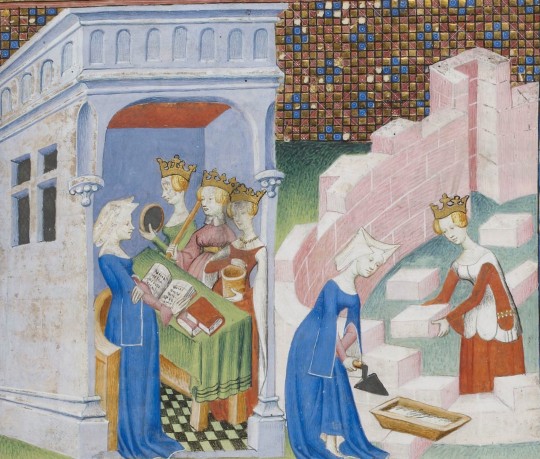
women reading and doing construction work
in a french manuscript containing Christine de Pizan's exceptional proto-feminist "Book of the City of Ladies" ("Le Livre de la Cité des Dames") from 1405, a literary work in which she envisions a society consisting only of admirable women in history
source: Paris, BnF, Français 1179, fol. 3 recto.
#christine de pizan#medieval feminism#history of feminism#the book of the city of ladies#feminist utopias#medieval art#medieval manuscript#illuminations
564 notes
·
View notes
Photo
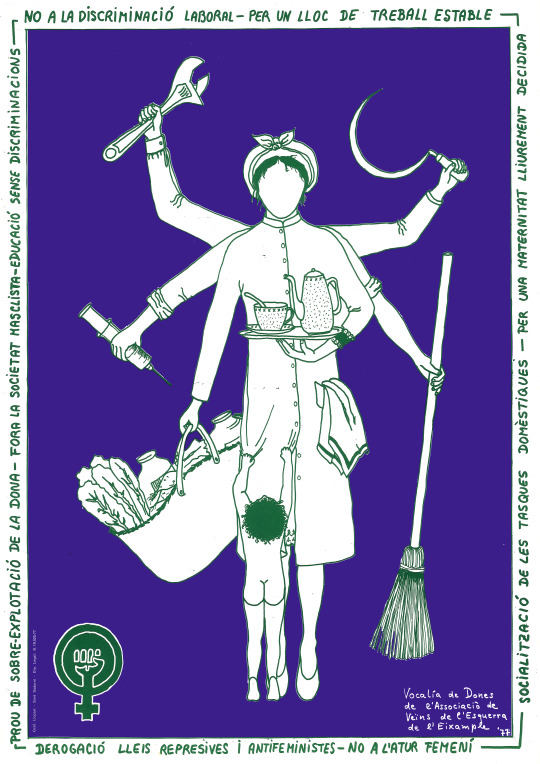
Poster by the women’s group of the neighbourhood organization of the working class neighbourhood l’Esquerra de l’Eixample in Barcelona, Catalonia. From 1977.
In the Catalan language, it says: No to workplace discrimination - for a stable job -- socialization of the domestic chores - for a freely decided motherhood -- abolish repressive and anti-feminist laws - no to feminine unemployment -- stop the over-exploitation of women - out with the sexist society - education without discrimination.
Source: Finestres de la memòria.
#dia de la dona treballadora#il·lustració#arts#women's day#international women's day#1970s#feminism#history of feminism#working class history#graphisme#8m#feminist#poster#illustration#women's rights#coses de la terra#barcelona#langblr
1K notes
·
View notes
Text
Believing that women's oppression derived from capitalism, or "the system," as they often called it, politicos maintained that women's liberation groups should remain connected and committed to the larger [leftist] Movement. While politicos acknowledged that women needed to meet in separate, all-female groups, they generally thought of women's liberation as an “important ‘wing’ of the left; as a tool, perhaps, for organizing as-yet apolitical women into the Movement.” Although politicos often viewed women's liberation opportunistically as a way to expand and strengthen the Movement's base, they also deserve much of the credit for organizing the movement. According to Jo Freeman, their very embeddedness in the left—"their contacts and their knowledge of how to organize"—was a major factor in the rapid proliferation of women's liberation groups across the country. Freeman contends that
“the Chicago group, more than any other women's liberation group, was responsible for the growth of the early women's liberation movement precisely because the women who were in it were so well-located in left-wing networks.”
But, while their connection to the left facilitated the movement's rapid growth, it also ensured that most of the early groups would be dominated by politicos who were often more responsive to what Chicago activist Marlene Dixon called the "invisible audience . . . of [leftist] male heavies," than to other women. By contrast, their opposition, the so-called feminists, argued against the subordination of women's liberation to the left, and blamed not only capitalism, but male supremacy and, later, men, for women's oppression. These women were not anti-left as their opponents frequently charged, but they were critical of the left's treatment of women's liberation as peripheral at best, or counter-revolutionary, at worst. They saw themselves "criticizing the left from the left for refusing to broaden its analysis to account for women's oppression".
-Alice Echols, Daring to Be Bad: Radical Feminism in America: 1967-75
13 notes
·
View notes
Text
Genuine question...
Why does it seem like people on this site are only aware of two kinds of feminism?
It feels like, at least from what I see on tumblr, that most people are just... unaware there are different kinds of feminism? Feminism isn't a monolith.
The types of feminism that tumblr seems aware of are:
Radical Feminism: "Real" feminism for adult human females and all other kinds of feminism are inferior.
Liberal Feminism: "Libfems", aka, weak and bad feminism, what radfems call every other feminist who they decide isn't "radical" enough.
But like, when you look up schools of feminism you learn the big ones are Liberal feminism, Radical feminism, and Socialist feminism. There's also Eco feminism and Cultural feminism.
But like, Intersectional Feminism exists, and isn't any of the above.
Plus, to make it even more confusing, there are "Waves" of feminism:
First Wave Feminism: 1700-1800's, involved the abolitionists, and was usually focused on recognizing women as people, not property.
Second Wave Feminism: 1960's and 70's. It's here that the three main well-known kinds of feminism emerged: cultural, radical, and liberal. Liberal feminism focused on institutional change and implementing improvements that would benefit women.
Radical feminism rejected the idea that men and women were basically the same, and insisted only a complete overhaul of society would ensure freedom for women. Cultural feminism is basically radical feminism with the serial number filed off. Separatist movements diverged out of radical feminism, including political lesbianism and female separatism.
Third Wave Feminism: The 80's and 90's. Here is where Intersectional Feminism is created, and voices of WoC uplifted. Feminism is also focused on a woman's choice to shape who she is and what she can do with herself: individuality, rebellion, and reclaiming.
Fourth Wave Feminism: Where we are right now; there are enough changes with the internet, MeToo, further discussions of race and intersectionality as well as trans rights, that we're in a fourth wave of feminism that is still responding to some of the problems of Second Wave feminism, especially with regards to intersectionality.
However, there are anti-intersectional schisms in 4th wave feminism, too. Gender Critical Feminism and Trans Exclusionary Radical Feminists are branches of Radical Feminism that are overtly transphobic.
I got all of this from a quick Google search, it's not hard to find this information. This is a SUPER brief summary.
So like... believing or insisting that Radical Feminism is the only One True Best Form Of Feminism is uh... bad. But you don't have to just resort to liberal feminism, either. There are a bunch of choices!! Many kinds of feminism acknowledge the damage patriarchy does to men, for example. Many kinds of feminism are trans-inclusive.
Know Feminist History, and make your choice based on what YOU want!!
25 notes
·
View notes
Text

"This book moves existing scholarship to not only value women's and gendered work and the bodies (and subjectivities) that perform this labor, but also calls our attention to how the study and acknowledgment of feminist movements and feminist studies in Spain are not aligned with first-wave feminism."
5 notes
·
View notes
Text


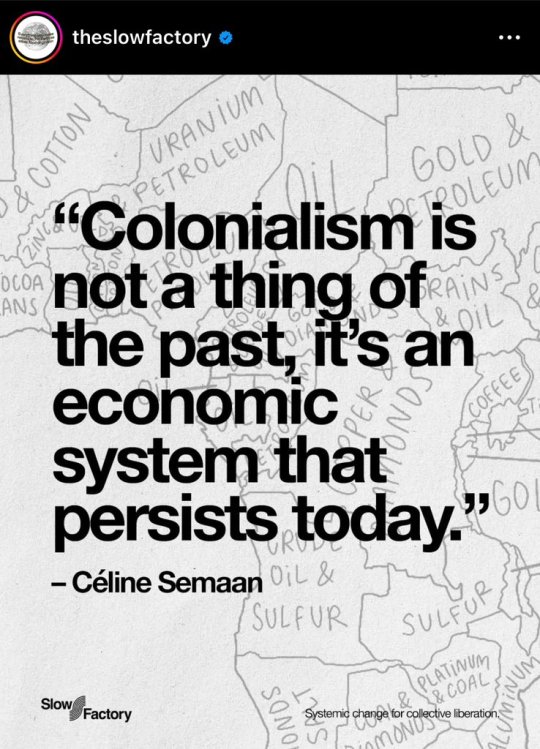
#feminist#feminism#social justice#western imperialism#american imperialism#colonialism#neocolonialism#settler violence#africa#enslavement#congoisbleeding#colonial violence#history#exploitation
75K notes
·
View notes
Text


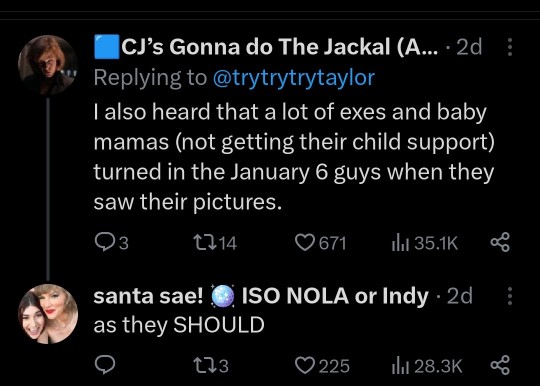
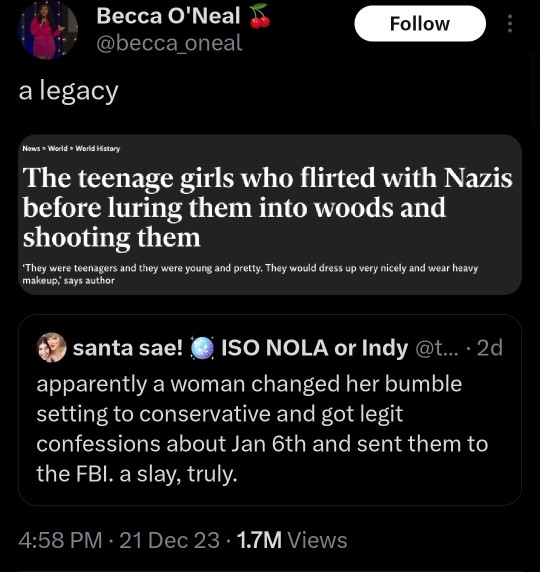

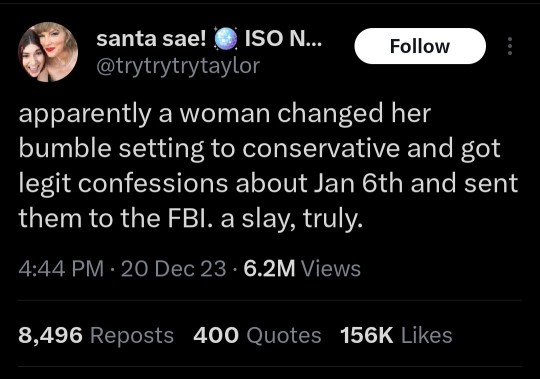
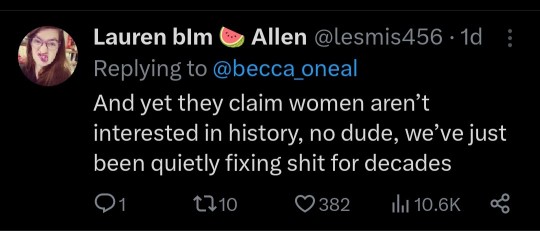
49K notes
·
View notes
Text
There are a fair few faux feminist statements I hate, but “We are the daughters of the witches you couldn’t burn” is one of them.
13K notes
·
View notes
Text
Westerners Fight Back Against Woke Ideology
Join the conversation as we explore the pushback against woke culture from Florida to Ireland to the UK. 🚫💭 Discover how citizens are standing up for traditional values, political dissent, and common-sense policies. 🗣️💪#ideology #woke #traditionalvalues
📺 Watch Now:
youtube
#get woke go broke gillette#feminism origin#highly desirable#history of feminism#Against Woke Ideology#woke#anti woke#woke agenda#woke agenda in schools#Woke Agenda#Woke Culture#Pushback Against Woke#Education Reform#Irish Referendum#UK Politics#Societal Concerns#Anti Woke#Mainstream Politics#Cultural Backlash#Westerners Fight Back Against Woke Ideology#woke activist#activism#dei#diversity#woke inclusivity#go woke go broke#get woke go broke#Youtube
0 notes
Text
Women's Not So Distant History
This #WomensHistoryMonth, let's not forget how many of our rights were only won in recent decades, and weren’t acquired by asking nicely and waiting. We need to fight for our rights. Here's are a few examples:

📍 Before 1974's Fair Credit Opportunity Act made it illegal for financial institutions to discriminate against applicants' gender, banks could refuse women a credit card. Women won the right to open a bank account in the 1960s, but many banks still refused without a husband’s signature. This allowed men to continue to have control over women’s bank accounts. Unmarried women were often refused service by financial institutions entirely.
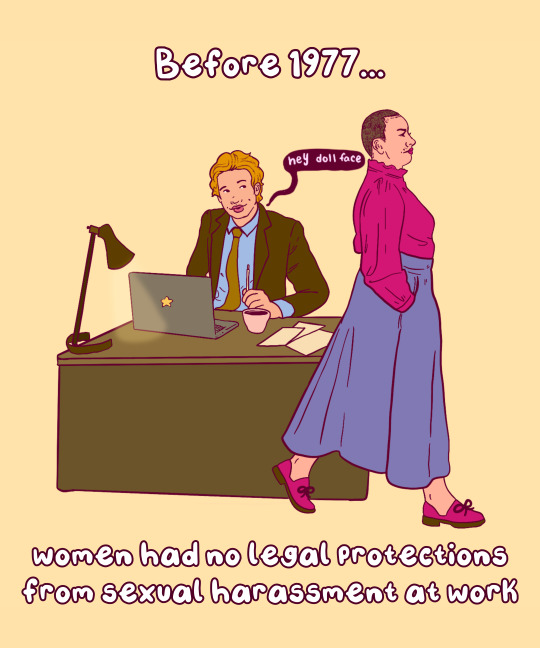
📍 Before 1977, sexual harassment was not considered a legal offense. That changed when a woman brought her boss to court after she refused his sexual advances and was fired. The court stated that her termination violated the 1974 Civil Rights Act, which made employment discrimination illegal.⚖️
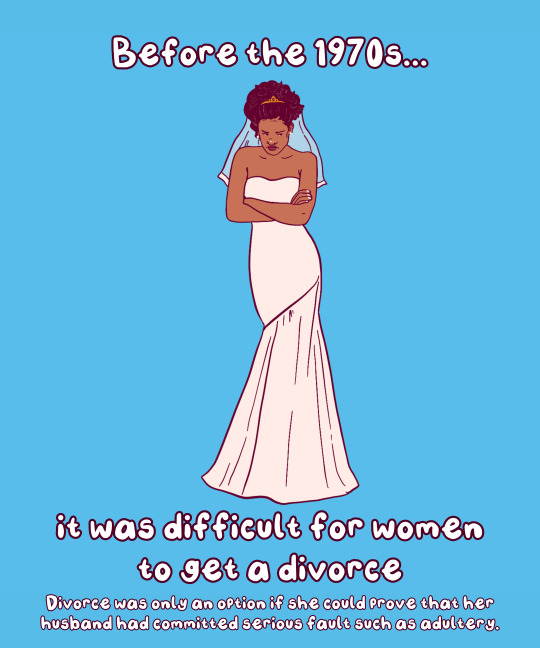
📍 In 1969, California became the first state to pass legislation to allow no-fault divorce. Before then, divorce could only be obtained if a woman could prove that her husband had committed serious faults such as adultery. 💍By 1977, nine states had adopted no-fault divorce laws, and by late 1983, every state had but two. The last, New York, adopted a law in 2010.
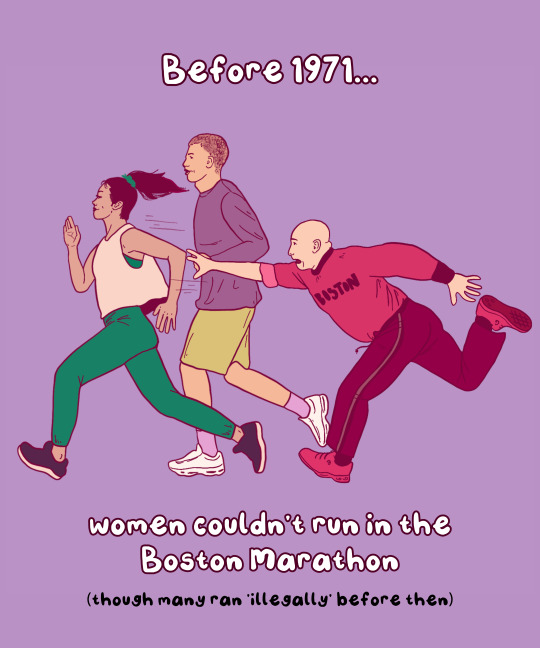
📍In 1967, Kathrine Switzer, entered the Boston Marathon under the name "K.V. Switzer." At the time, the Amateur Athletics Union didn't allow women. Once discovered, staff tried to remove Switzer from the race, but she finished. AAU did not formally accept women until fall 1971.

📍 In 1972, Lillian Garland, a receptionist at a California bank, went on unpaid leave to have a baby and when she returned, her position was filled. Her lawsuit led to 1978's Pregnancy Discrimination Act, which found that discriminating against pregnant people is unlawful
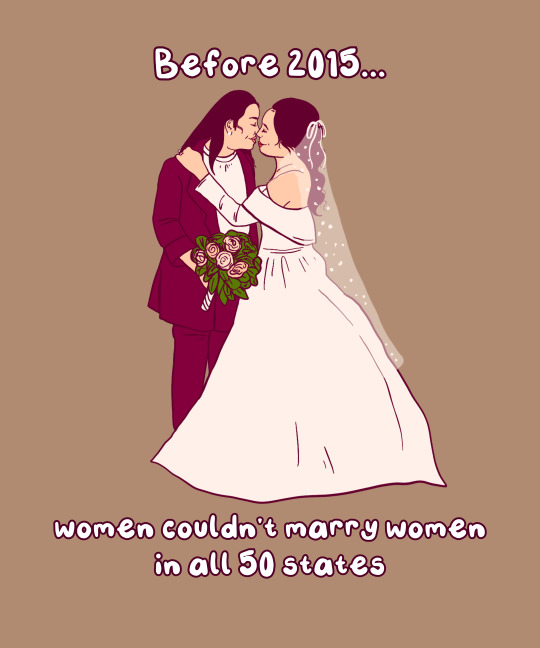
📍 It wasn’t until 2016 that gay marriage was legal in all 50 states. Previously, laws varied by state, and while many states allowed for civil unions for same-sex couples, it created a separate but equal standard. In 2008, California was the first state to achieve marriage equality, only to reverse that right following a ballot initiative later that year.

📍In 2018, Utah and Idaho were the last two states that lacked clear legislation protecting chest or breast feeding parents from obscenity laws. At the time, an Idaho congressman complained women would, "whip it out and do it anywhere,"
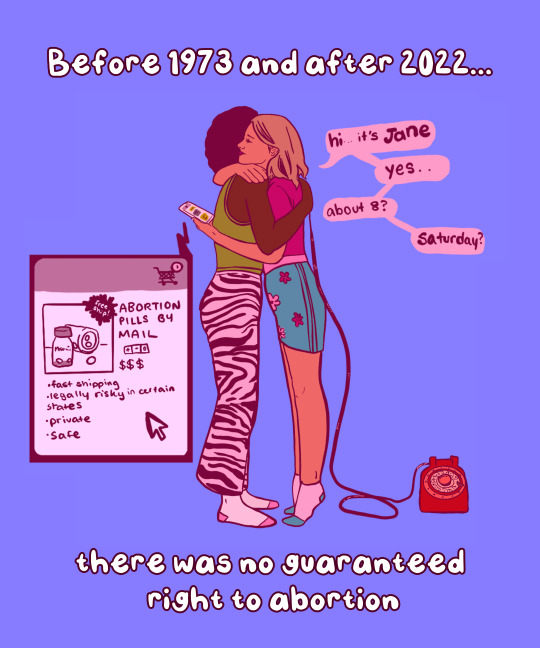
📍 In 1973, the Supreme Court affirmed the right to safe legal abortion in Roe v. Wade. At the time of the decision, nearly all states outlawed abortion with few exceptions. In 1965, illegal abortions made up one-sixth of all pregnancy- and childbirth-related deaths. Unfortunately after years of abortion restrictions and bans, the Supreme Court overturned Roe in 2022. Since then, 14 states have fully banned care, and another 7 severely restrict it – leaving most of the south and midwest without access.
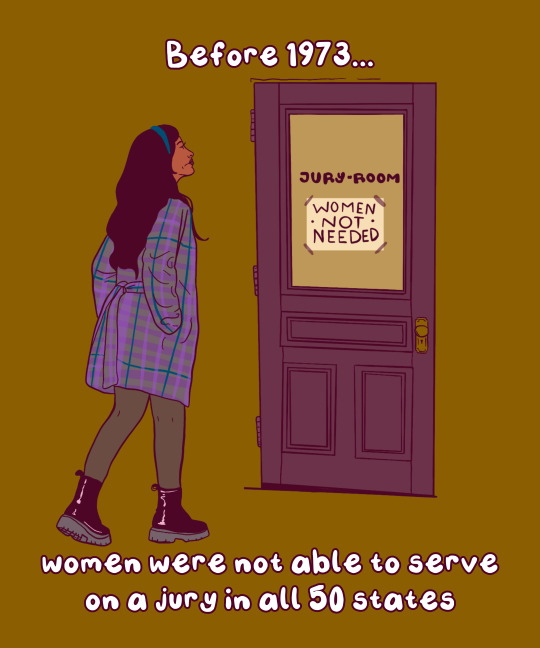
📍 Before 1973, women were not able to serve on a jury in all 50 states. However, this varied by state: Utah was the first state to allow women to serve jury duty in 1898. Though, by 1927, only 19 states allowed women to serve jury duty. The Civil Rights Act of 1957 gave women the right to serve on federal juries, though it wasn't until 1973 that all 50 states passed similar legislation

📍 Before 1988, women were unable to get a business loan on their own. The Women's Business Ownership Act of 1988 allowed women to get loans without a male co-signer and removed other barriers to women in business. The number of women-owned businesses increased by 31 times in the last four decades.
Free download

📍 Before 1965, married women had no right to birth control. In Griswold v. Connecticut (1965), the Supreme Court ruled that banning the use of contraceptives violated the right to marital privacy.
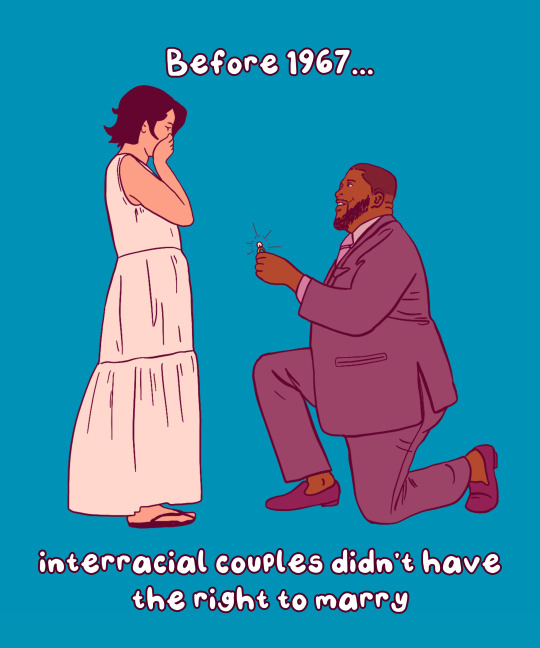
📍 Before 1967, interracial couples didn’t have the right to marry. In Loving v. Virginia, the Supreme Court found that anti-miscegenation laws were unconstitutional. In 2000, Alabama was the last State to remove its anti-miscegenation laws from the books.

📍 Before 1972, unmarried women didn’t have the right to birth control. While married couples gained the right in 1967, it wasn’t until Eisenstadt v. Baird seven years later, that the Supreme Court affirmed the right to contraception for unmarried people.
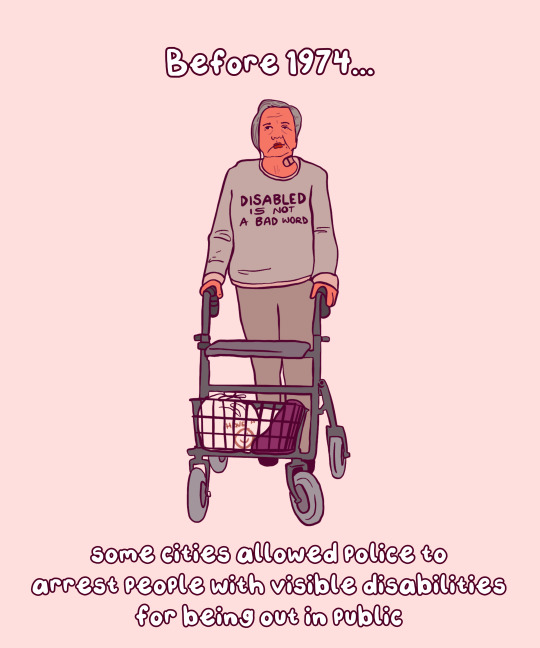
📍 In 1974, the last “Ugly Laws” were repealed in Chicago. “Ugly Laws” allowed the police to arrest and jail people with visible disabilities for being seen in public. People charged with ugly laws were either charged a fine or held in jail. ‘Ugly Laws’ were a part of the late 19th century Victorian Era poor laws.

📍 In 1976, Hawaii was the last state to lift requirements that a woman take her husband’s last name. If a woman didn’t take her husband’s last name, employers could refuse to issue her payroll and she could be barred from voting.

📍 It wasn’t until 1993 that marital assault became a crime in all 50 states. Historically, intercourse within marriage was regarded as a “right” of spouses. Before 1974, in all fifty U.S. states, men had legal immunity for assaults their wives. Oklahoma and North Carolina were the last to change the law in 1993.
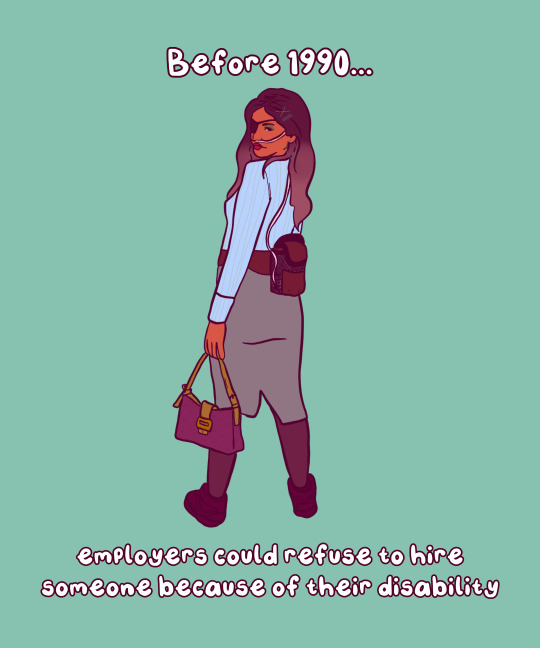
📍 In 1990, the Americans with Disability Act (ADA) – most comprehensive disability rights legislation in U.S. history – was passed. The ADA protected disabled people from employment discrimination. Previously, an employer could refuse to hire someone just because of their disability.
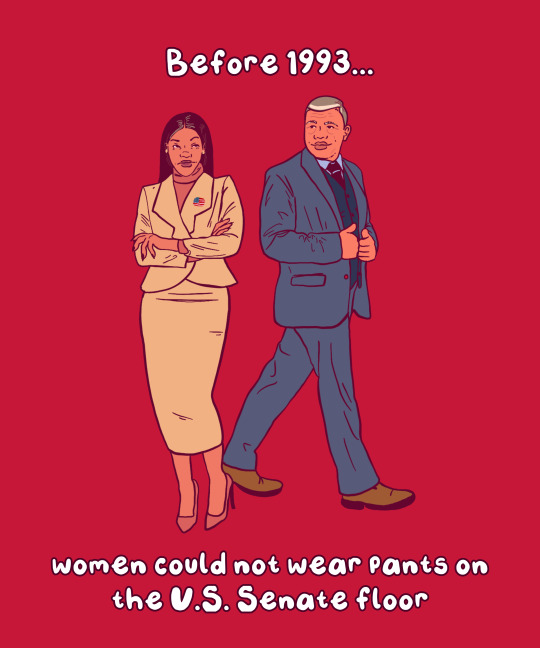
📍 Before 1993, women weren’t allowed to wear pants on the Senate floor. That changed when Sen. Moseley Braun (D-IL), & Sen. Barbara Mikulski (D-MD) wore trousers - shocking the male-dominated Senate. Their fashion statement ultimately led to the dress code being clarified to allow women to wear pants.

📍 Emergency contraception (Plan B) wasn't approved by the FDA until 1998. While many can get emergency contraception at their local drugstore, back then it required a prescription. In 2013, the FDA removed age limits & allowed retailers to stock it directly on the shelf (although many don’t).

📍 In Lawrence v. Texas (2003), the Supreme Court ruled that anti-cohabitation laws were unconstitutional. Sometimes referred to as the ‘'Living in Sin' statute, anti-cohabitation laws criminalize living with a partner if the couple is unmarried. Today, Mississippi still has laws on its books against cohabitation.
#art#feminism#women's history#women's history month#iwd2024#international women's day#herstory#educational#graphics#history#70s#80s#rights#women's rights#human rights
15K notes
·
View notes
Text

#palestine#israel#gaza#gaza strip#free gaza#free palestine#social justice#feminism#united nations#history
14K notes
·
View notes
Photo
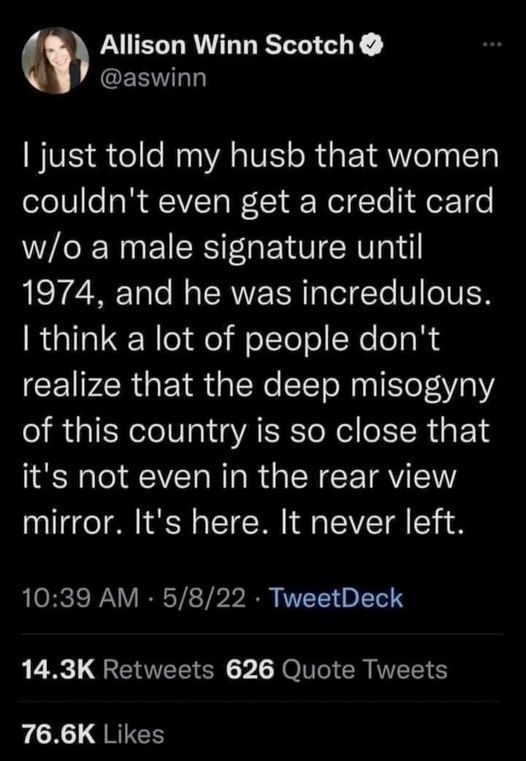
33K notes
·
View notes
Text
This women’s history month, remember those in Gaza who don’t have feminine hygiene products for their periods. Remember the pregnant mothers who got ran over by IDF tanks. Remember the women who have been killed and displaced, & IDF soldiers humiliate them further by brandishing their undergarments in posts and pictures.
Remember the women in Palestine this Women’s History Month.
#palestine#free palestine#gaza#free gaza#israel#fuck Israel#fuck the IDF#women’s history month#feminism
5K notes
·
View notes
Text
"No Pride for some of us without liberation for all of us." -Marsha P. Johnson




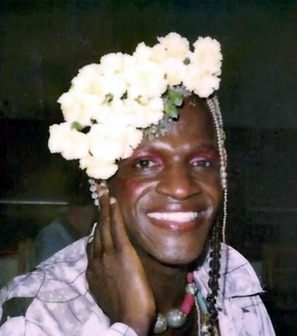


#the first pride was a riot#remember your roots#marsha p johnson#other#black#women#and other#humans#opened the door#stonewall riots#paved the way#blm#black lives matter#black women#trans rights#intersectional social justice#intersectional feminism#us history#queer history#BIPOC history#queer bipoc#lgbtq+ history#1980s#queer#lgbtq#lgbtq history#ivy speaks#gnc#drag#transgender
9K notes
·
View notes
Text

“Katherine Turk’s The Women of NOW charts the emergence, growth, and endurance of one of the twentieth century’s most important organizations engaged in the struggle for equality. To tell this story, Turk introduces us not only to NOW’s famous founders but to many of the forgotten women who built the organization—women like Aileen Hernandez and Mary Jean Collins, whose ethnic and class backgrounds challenged NOW’s early assumptions that gender alone defined a woman and shaped her goals. Throughout the narrative, Turk demonstrates a profound understanding of the larger social context in which NOW arose and the growth of identity politics that threatened NOW’s survival. Beautifully written and remarkably well-researched, this is a book that should be read by every American committed to the ongoing campaign for equality, in which NOW still plays a critical role.”
#uwlibraries#history books#american history#women's history#political history#organizational history#history of feminism
1 note
·
View note
